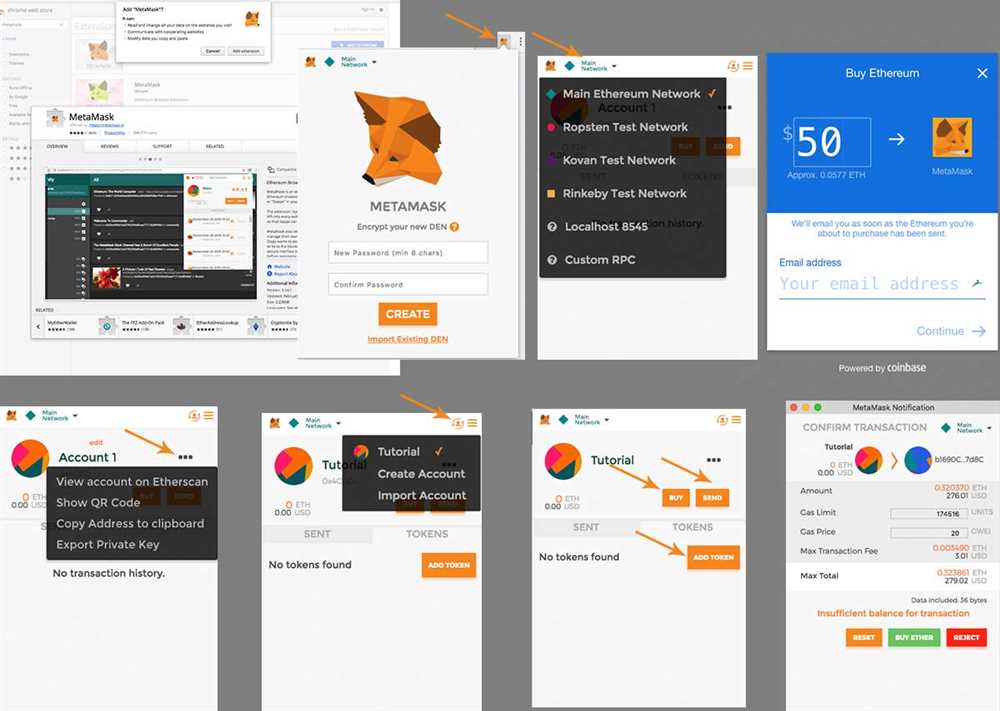
If you’re a web developer looking to incorporate blockchain functionality into your website, integrating Metamask is a great place to start. Metamask is a popular browser extension that allows users to interact with Ethereum-based decentralized applications (dApps) directly from their web browsers.
By integrating Metamask into your website, you can enable your users to securely connect their Ethereum wallets, sign transactions, and interact with your dApp without the need for any additional software or plugins. In this step-by-step guide, we’ll walk you through the process of integrating Metamask into your website.
Step 1: Install and Set Up Metamask
The first step is to install the Metamask browser extension if you haven’t already. Metamask is available for Chrome, Firefox, Brave, and Edge browsers. Once installed, follow the setup process to create a new wallet or import an existing one.
Step 2: Connect Metamask to Your Website
Next, you’ll need to connect Metamask to your website. To do this, you’ll need the Metamask JavaScript library. Include the library in your website’s HTML file by adding the following script tag to the head of your document:
<script src=”https://cdn.jsdelivr.net/npm/@metamask/onboarding@1.0.0/dist/metamask-onboarding.min.js”></script>
Step 3: Request User Permission
Once Metamask is connected to your website, you’ll need to request permission from the user to access their Ethereum accounts. This can be done using the Ethereum Request Accounts method provided by Metamask. You can prompt the user to grant permission by calling the following function:
ethereum.request({ method: ‘eth_requestAccounts’ })
By following these steps, you’ll be able to seamlessly integrate Metamask into your website and unlock the full potential of blockchain technology for your users. Whether you’re looking to create a decentralized marketplace, a gaming platform, or a financial tool, Metamask integration will provide your users with a smooth and secure experience.
Why Integrate Metamask?

Metamask is a popular web wallet and browser extension that allows users to interact with the Ethereum blockchain. By integrating Metamask into your website, you can provide your users with a seamless and secure experience when interacting with decentralized applications (dApps).
Here are a few reasons why integrating Metamask into your website is beneficial:
1. Easy Access to Blockchain:
Metamask simplifies the process of connecting to the Ethereum blockchain. Instead of asking users to download and set up a separate wallet, they can simply install the Metamask extension, create an account, and securely manage their Ethereum assets right in their browser.
2. Enhanced Security:
Metamask provides a secure environment for users to interact with dApps. It acts as a vault that stores private keys locally, keeping them away from potentially malicious websites. This significantly reduces the risk of theft or unauthorized access to users’ funds.
3. Improved User Experience:
Integrating Metamask enables a seamless user experience. Users can easily approve transactions, sign messages, and interact with smart contracts without the need to manually enter complex transaction details. This simplification makes it easier for users to engage with your dApp and enhances overall usability.
4. Cross-Platform Compatibility:
Metamask is available as a browser extension for major browsers like Chrome, Firefox, and Brave. By integrating Metamask, you ensure compatibility across different platforms, allowing a larger user base to access your dApp.
Overall, integrating Metamask into your website provides a secure and convenient way for users to interact with the Ethereum blockchain. It offers a smoother user experience, enhances security, and expands your dApp’s reach to a wider audience.
Benefits of Metamask Integration
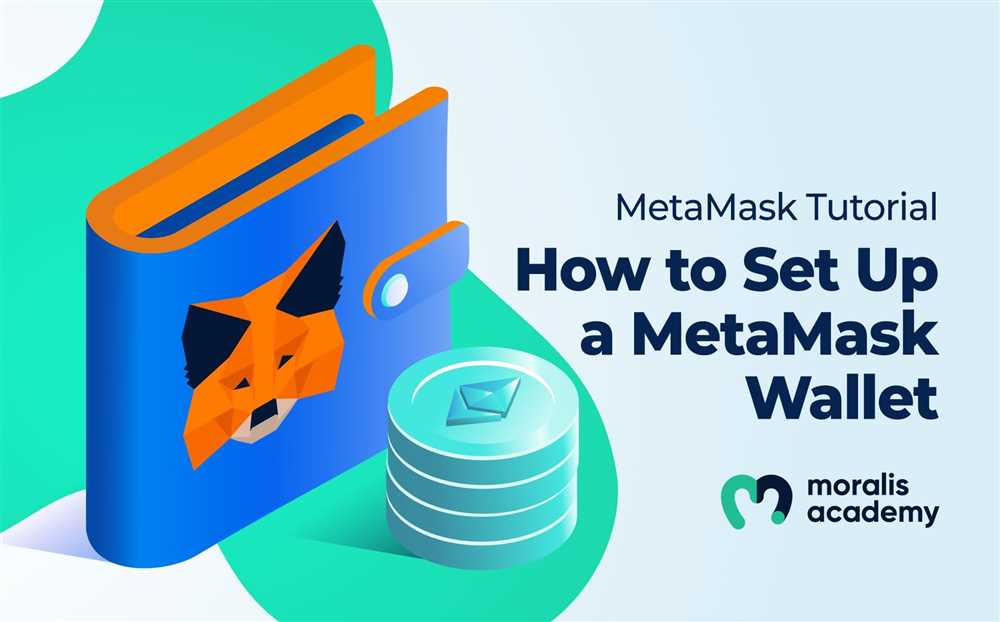
Integrating Metamask into your website comes with several key benefits. First and foremost, it allows your users to securely interact with decentralized applications (DApps) on the Ethereum blockchain directly from their web browsers. This eliminates the need for users to manually handle private keys or seed phrases, reducing the risk of human error or potential exposure to security threats.
Furthermore, by integrating Metamask, you provide your users with a seamless and user-friendly experience. Metamask simplifies the process of connecting to the Ethereum network and signing transactions, making it easier for both experienced Ethereum users and newcomers to navigate and interact with your website.
Increased security is another significant advantage of Metamask integration. With Metamask handling the transaction signing process, it ensures that your users’ private keys remain securely stored within their browser extension. This adds an extra layer of protection, helping to prevent unauthorized access to their Ethereum accounts.
Additionally, integrating Metamask can help improve the overall performance of your website. By offloading the heavy lifting of signing and broadcasting transactions to Metamask, it reduces the computational burden on your website’s servers, resulting in faster load times and a smoother user experience.
From a development standpoint, integrating Metamask offers developers a standardized and widely adopted solution for Ethereum integration. This simplifies the process of integrating Ethereum functionality into your website and allows you to tap into the vast ecosystem of existing Metamask-compatible DApps and tools.
In summary, integrating Metamask into your website offers numerous benefits, including enhanced security, improved user experience, increased performance, and streamlined development. By leveraging Metamask’s capabilities, you can provide your users with a seamless and secure gateway to the Ethereum blockchain, enabling them to interact with your DApps effortlessly.
Step-by-Step Guide to Integrate Metamask
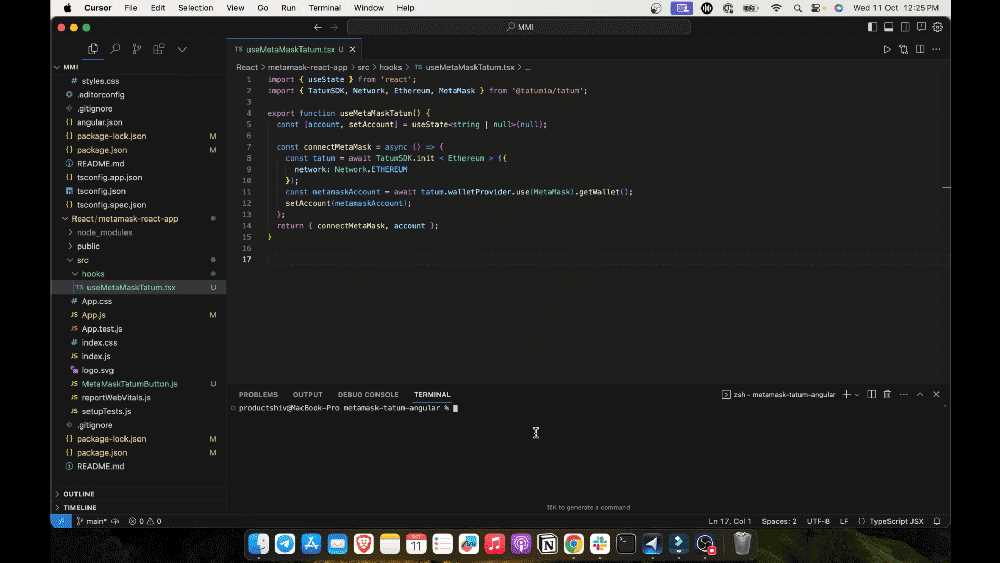
Integrating Metamask into your website allows users to interact with your decentralized application (dApp) seamlessly. This step-by-step guide will walk you through the process of integrating Metamask into your website.
Step 1: Install Metamask

The first step is to install the Metamask extension in your web browser. Metamask supports major browsers like Chrome, Firefox, and Brave. Simply search for “Metamask” in your browser’s extension store and follow the installation instructions.
Step 2: Create an Ethereum Wallet

After installing Metamask, you need to create an Ethereum wallet. Click on the Metamask icon in your browser’s toolbar and follow the prompts to create a new wallet. Make sure to set a strong password and securely backup your wallet’s seed phrase.
Step 3: Connect Metamask to Your Website
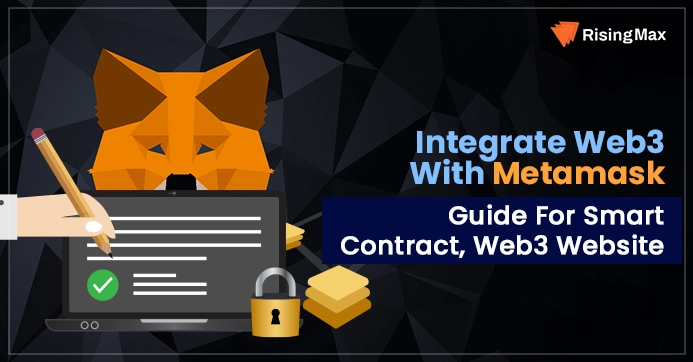
Once you have a wallet set up, you need to connect Metamask to your website. To do this, you will need to use the Ethereum Provider API provided by Metamask. In your website’s JavaScript code, check if the Ethereum object exists, which indicates that Metamask is installed and running. Then, request the user’s permission to connect to their wallet using the ethereum.request() API.
If the user grants permission, you will receive their Ethereum address and can proceed with integrating Metamask into your website’s functionality.
Step 4: Handle User Interactions
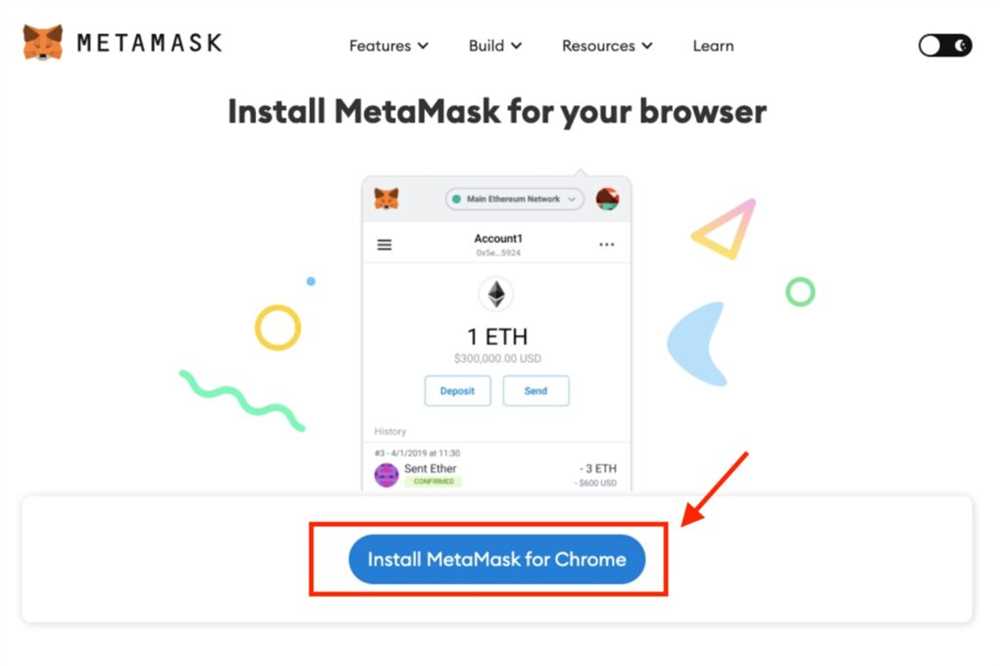
Now that Metamask is connected to your website, you can handle user interactions with their Ethereum wallet. This can include things like signing transactions, interacting with smart contracts, and retrieving account information.
To sign a transaction, you can use the ethereum.request() API with the “eth_sendTransaction” method. This allows the user to review and sign the transaction using their Metamask wallet.
Step 5: Test and Deploy
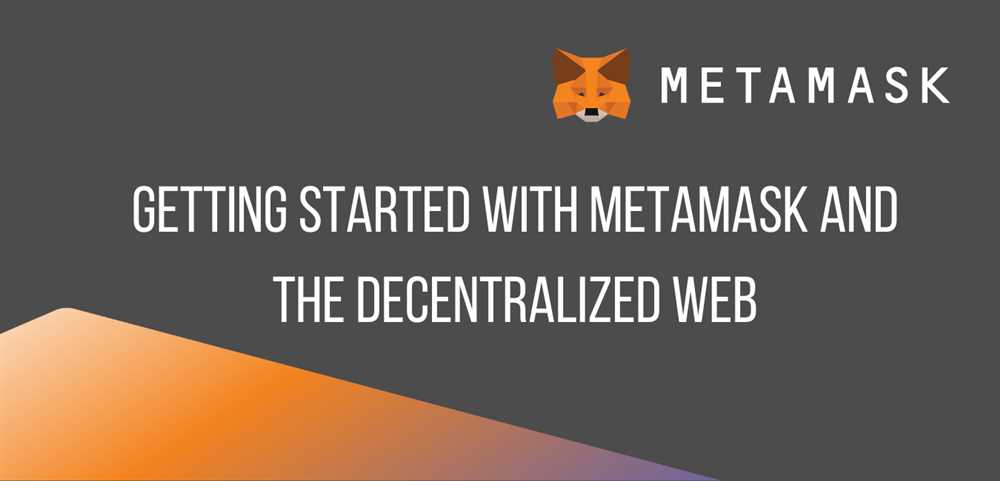
Before deploying your website with Metamask integration, it’s crucial to thoroughly test your code and functionality. Use the Metamask browser extension to simulate different scenarios and ensure the user experience is smooth and error-free.
Once you are confident in your implementation, deploy your website to a live server and test it with real users. Make sure to monitor for any issues and address them promptly to provide a seamless user experience.
Congratulations! You have successfully integrated Metamask into your website.
Remember to keep your code up to date with the latest Metamask API changes and security guidelines to ensure the best user experience and protect your users’ funds.
Frequently Asked Questions:
What is Metamask?
Metamask is a cryptocurrency wallet that allows users to manage their Ethereum accounts and interact with decentralized applications (dApps) in the browser.
Why should I integrate Metamask into my website?
Integrating Metamask into your website allows users to easily connect their Ethereum wallet and interact with your dApp without the need to manually enter their private keys or mnemonic phrases. It provides a streamlined and secure way for users to interact with your Ethereum-based website or application.









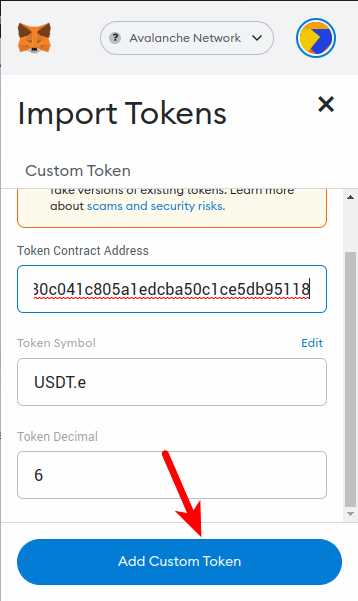
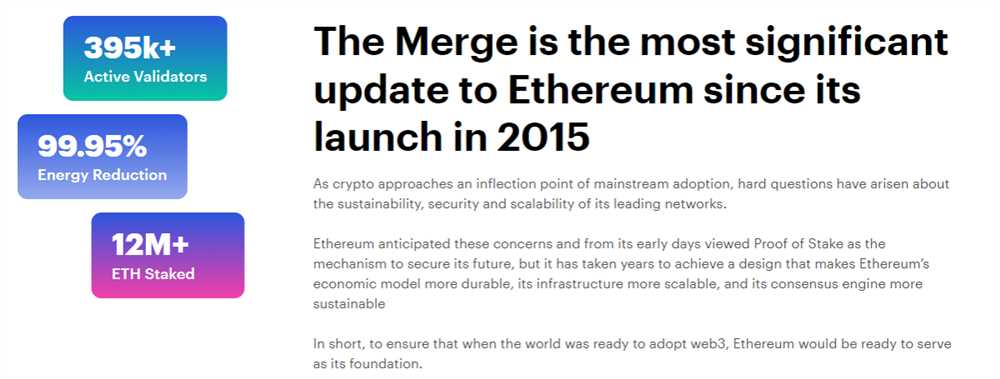
+ There are no comments
Add yours